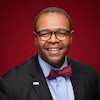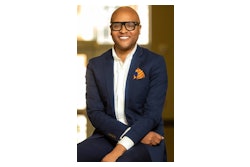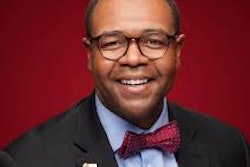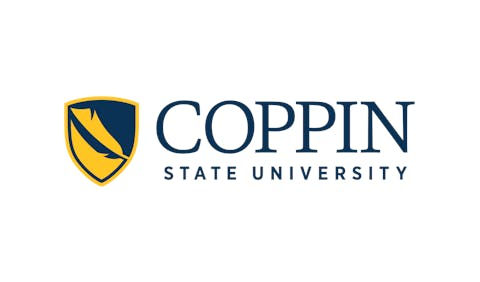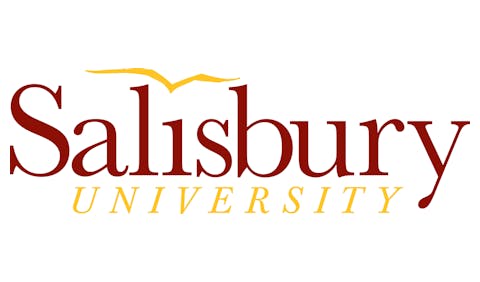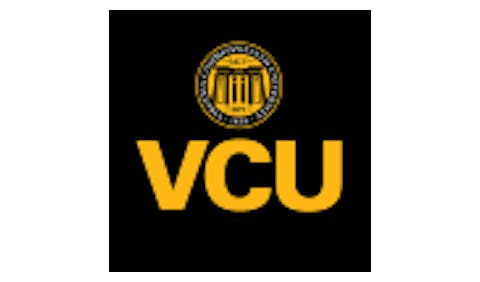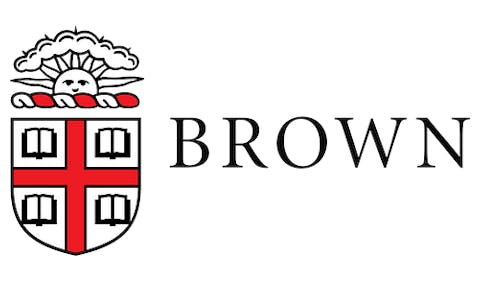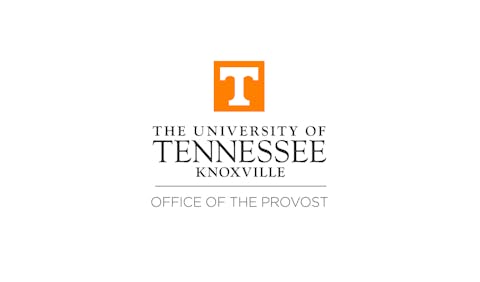One hundred miles south of Los Angeles’ protests, 245 higher education professionals met one week before the Juneteenth holiday. We convened at the Umoja Community Education Foundation’s Summer Learning Institute (SLI) in San Marcos, Calif., to learn about instructional methods and administrative strategies to support Black, Latinx, Indigenous, and other diverse student groups. After two days of meetings, presentations, and social activities, the closing white ceremony sealed the conference’s theme of liberatory education.
Following instructions from the community’s elders, Umoja’s director of curriculum and instruction, dressed in a white dress with matching heels, stood behind the podium and addressed the room. She said, “We must encircle diversity at this moment and hear from various members of our community.” An attendee stood, walked to the mic, introduced herself, and shared how she witnessed her immigrant father get deported. All side conversations stopped.
As she continued, we applauded as the college administrator spoke with conviction about her unwavering commitment to advocating for diversity. She shared how, despite recent immigration raids and additional aggressive acts to intimidate her community, she remained brave to pursue her responsibilities in higher education. The administrator discussed how the protests in L.A., combined with the knowledge, community, and skills gained during the conference, fueled her compassion to navigate budget constraints and uphold diversity programs at her institution. She declared resistance against the anti-DEI and anti-Black agenda.
New generations, new opportunities, and new struggles
Diversity still matters. A study conducted by The Presidents’ Alliance on Higher Education reports that 410,000 first-generation immigrant students attend colleges and universities in California. The Higher Ed Immigration Portal also indicates that 121,890 individuals born outside the United States hold faculty and staff positions in colleges, universities, and professional schools. In the STEM field, 40% of the workers identify as first-generation immigrants. These sources further document that 46.7% of health aide workers share first-generation immigrant status.
Data compiled in the report "Recruiting the Anxious Generation" suggests that prospective students consider inclusion, safety, and political affairs when selecting which schools to attend. Current applicants spend significantly more time on their devices than previous cohorts, which influences attention span and awareness. Researchers found a correlation between technology use and concerns about belonging on college campuses among study participants inundated with news bits on social media platforms.
Practitioners at Black-serving institutions confirm that Black students question the resources on college campuses. According to Keith Curry, Frank Harris III, and J. Luke Wood, Black students ask questions like, “Do I belong in college?” and “Am I college material?” These inquiries and others reflect a lack of confidence in higher education and support, which can influence their chances of academic achievement. To encourage Black students, Curry, Harris, and Wood propose that administrators work to develop inclusive missions, representation and belonging initiatives, institutional accountability parameters, curricula and co-curricular programs, and health and wellness resources.
Protests and ways forward for diversity advocates
While the First Amendment protects freedom of speech regardless of immigration status, undocumented first-generation students engaged in protests can face severe consequences. Universities offer minimal protection from suspension and deportation for students who exercise their rights by blocking highways or vandalizing property. U.S. Immigration and Customs Enforcement (ICE) has a history of demonstrating power and limiting grace toward undocumented students facing misdemeanor charges.
While academic conferences cannot overturn ICE actions, they can offer strategies to support diverse students in times of distress. Through workshops, interactive presentations, and cultural ceremonies, the SLI provided higher education professionals with tangible tools for implementing best practices on college campuses. The following four takeaways from last week’s conference, remixed with this article’s arguments, can assist diverse education professionals.
1. Diversity program coordinators can push back.
Within the memorandum of understanding (MOU) or memorandum of agreement (MOA), colleges and universities establish formal partnerships. These documented relationships provide guidelines for campus coordinators to implement initiatives and establish program parameters. When administrators sign a Memorandum of Understanding (MOU) or Memorandum of Agreement (MOA), they confirm commitments on behalf of their institution. Coordinators can use these documents to justify the allocation of resources and to advocate for additional support.
2. A culturally responsive curriculum, specifically African-centered education, can foster feelings of belonging and encourage Black and other students to excel in school.
When students see their voices and histories inside curricula, it enhances the learning experience. African-centered education encourages the use of African diasporic references and rituals to guide classroom activities, assignments, and assessments. By instilling self-love and connecting lessons to students' environments, curricula can foster self-determination and healthy relationships with others.
3. Bravery among staff and faculty remains a valuable asset. As a school administrator confirmed during last week’s SLI conference, we must maintain our courage despite aggressive immigration raids. We must inform our students of their rights when engaging in protests. The “No-Kings” protests demonstrated that courageous coalitions exist within and outside of higher education campuses to support diverse populations.
4. While technology can act as a distraction in college classrooms, it can also serve as a helpful tool. Research supports that social media can stir anxiety and, in some instances, panic among prospective students. The constant influx of news through flashing images and brief videos has psychological implications, impacting attention and feelings of belonging and security. With instruction and demonstration, we can encourage the responsible use of social media.
The Juneteenth holiday commemorates emancipation and offers staff and faculty an opportunity to reflect on their actions in support of diversity within their institutions. While news of chattel slavery’s end reached Texas in 1865, mental shackles remain around the minds of some. Last week’s SLI conference and recent protests confirm that we can do more to support Black and other diverse groups in their pursuit of higher education as a path to freedom. We can inform our students of their First Amendment rights, modify curricula, embody courage to advocate on their behalf, and influence technology behaviors. Despite current challenges, liberation through higher education pathways remains possible.
Dr. Vernon C. Lindsay is the Umoja Community Education Foundation’s scholar in residence. Lindsay assists the foundation in conducting research, writing articles, developing curricula, and leading professional development sessions through culturally relevant practices and student-centered strategies.




